Alaska State Museum Exhibit
“The whole is more than the sum of its parts.”
Aristotle
Mug Up is the colloquial word for coffee break and is expression used only in canneries. Mug-Up fueled cannery workers with caffeine and pastries, provided a respite from the monotony of the slime line and momentarily brought people together from around the world. The NN Cannery History Project is partnering with the Alaska State Museum to produce an exhibit entitled Mug Up. The Mug Up exhibit will present to the public an introspective, unique, and colorful depiction of cannery peoples’ lifeways and history—to do as Steinbeck once wrote: “To open the page and let the stories crawl in by themselves.”
Katie Ringsmuth exploring the Chinese Bunkhouse looking for artifacts to represent the group of buildings.
Academics and industry insiders have traditionally framed the significance of Alaska’s seafood industry around economics, biology and politics. When discussed by historians, the industry is often personified by the fisherman, rather than the processors whose collective knowledge of the mechanical operation, the physical labor, and the salmon formed the cannery’s industrial backbone. Despite their skill and labor, cannery workers existed in the shadows, only to be marginalized, exotified or ignored by writers, curators, even park rangers in the popular narratives of Alaska’s most important salmon fishery.
The exhibit will aspire to explain to the broader public why the task of canning salmon shaped history. It will move processors from the margins of history by highlighting how Filipino crews endured cannery life in charismatic ways, how women workers related to the environment, and how “Mug Up” itself served as a hub of global and cultural exchange. Contrary to the belief that early cannery life was gloomy and inhospitable, aspects of cannery culture depict a multi- ethnic, multi-generational community that played games, made music, and took comfort in the bonds of friendship. As one cannery worker described it, “we were intimate strangers.”
This sign is mounted just inside the Fisherman's Bunkhouse and demonstrates the arrival of women in the cannery workforce and the dynamic evolution of attitudes towards them.
Still, the exhibit will address the difficult, even heartbreaking, stories. Many cannery workers were discriminated against, segregated, and oppressed by the industry. History allows us to explore how immigration disrupted Native social organization and commercial exploitation of the salmon undermined traditional economic systems. In the wake of the Spanish Flu pandemic that hit Bristol Bay in 1919, a population shift occurred, and by 1920 had tipped the scale heavily in favor of Euro-Americans. It is only through reminders of such cultural activities that we truly understand the industry’s value and its costs.
The objective then, for the Mug Up exhibition is to puts history and culture on par with economics, biology and politics when depicting Alaska’s seafood industry. It provides cannery communities a platform to share their stories, thus bringing historical meaning to their work. Dialogues framed by history and culture help to reconcile the confused identities canneries left in their wake. By exploring these topics through the exhibit, we hope to obtain empathy, mutual understanding and respect. From the Scandinavian carpenters, the Chinese butchers, the Native Laundry lady, the Filipino cook, to the superintendent—these forgotten voices will remind the public that no one group or individual associated with the NN Cannery experience life there in the same way. And that is an important lesson—not only for how we explain the past, but how we relate to and perceive each other today.
If you have an object, story or photo you’d like to share, WE WANT TO HEAR FROM YOU!


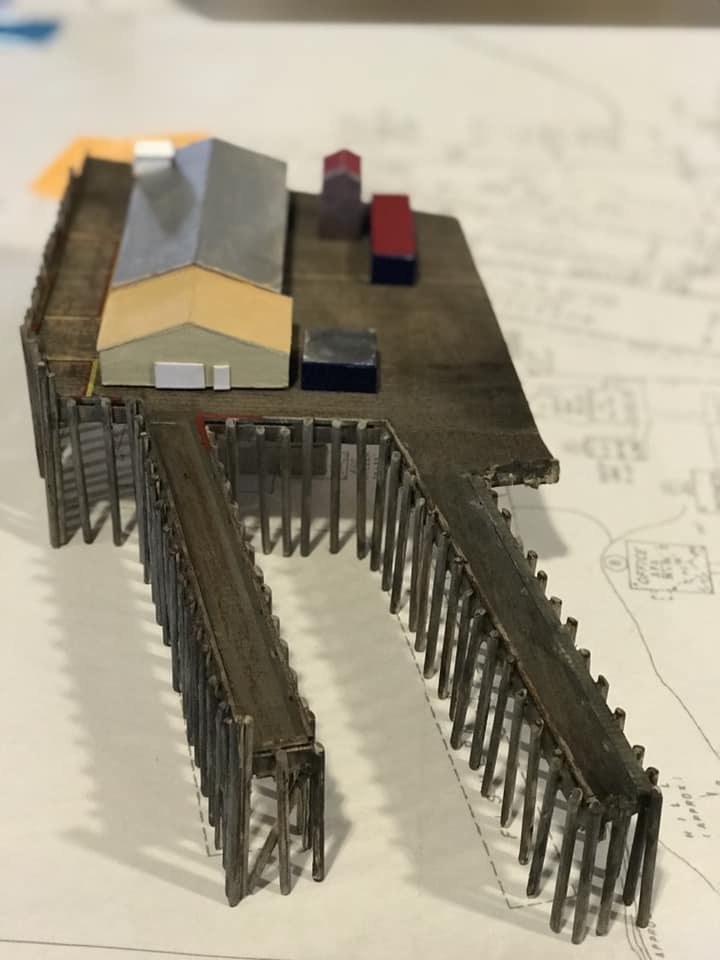


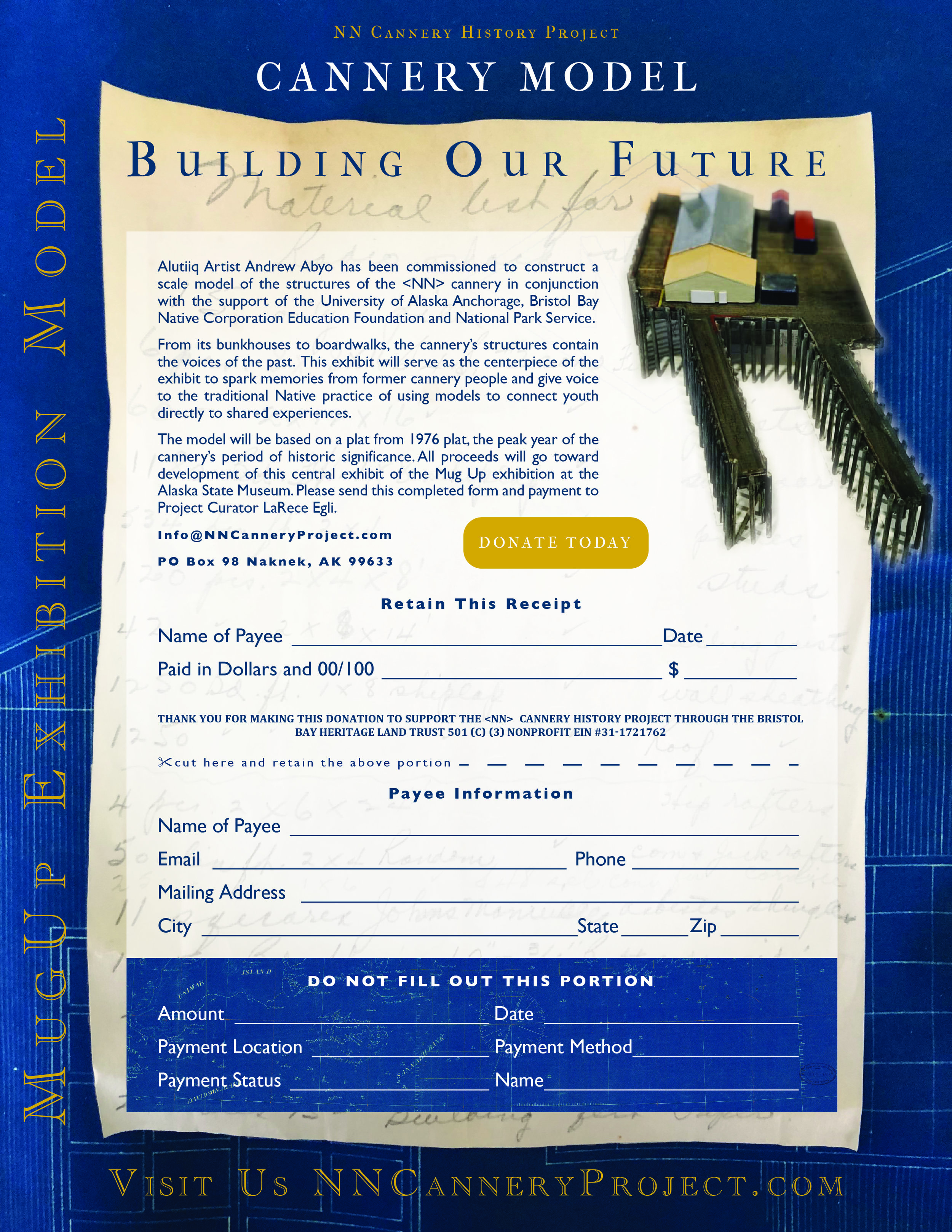
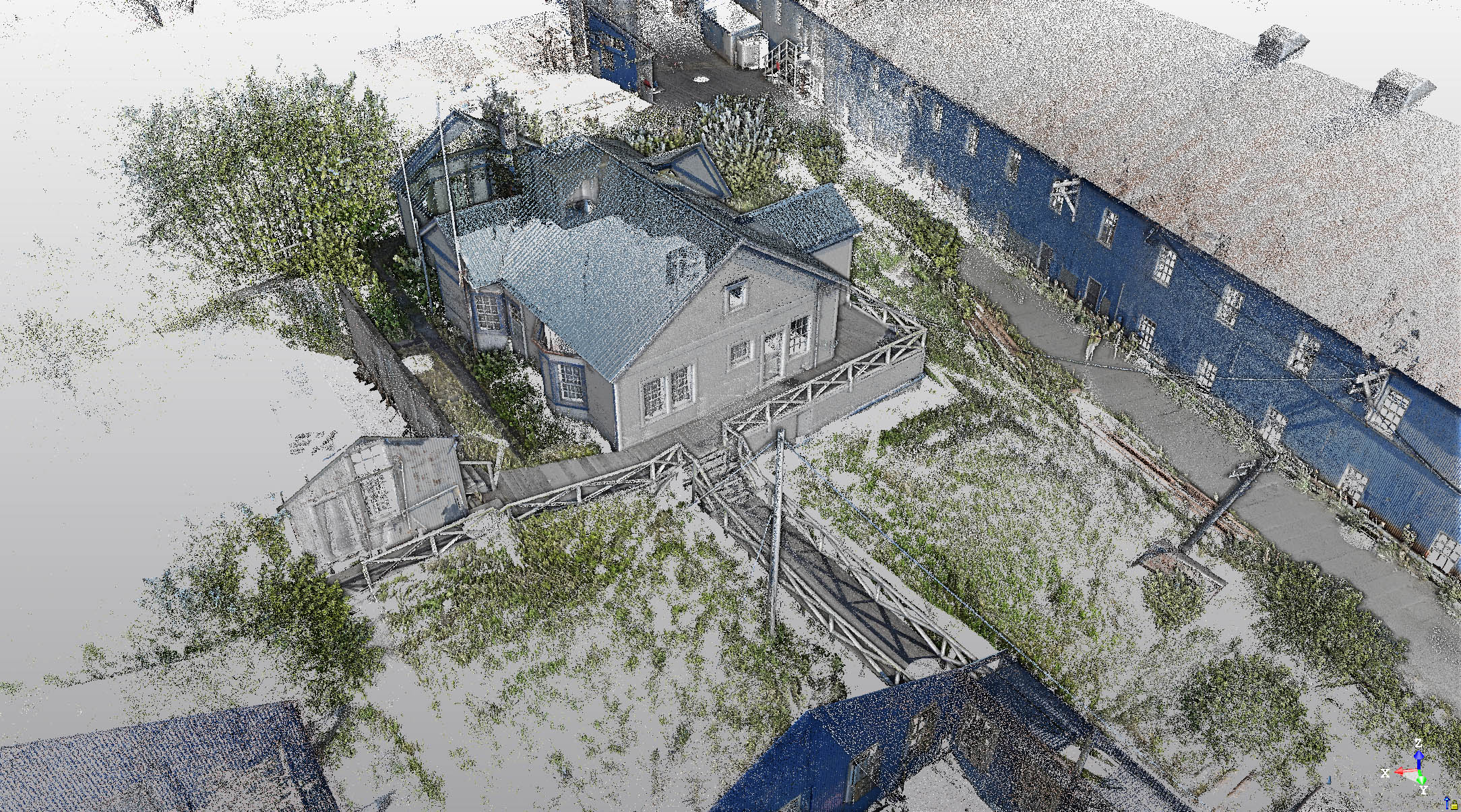


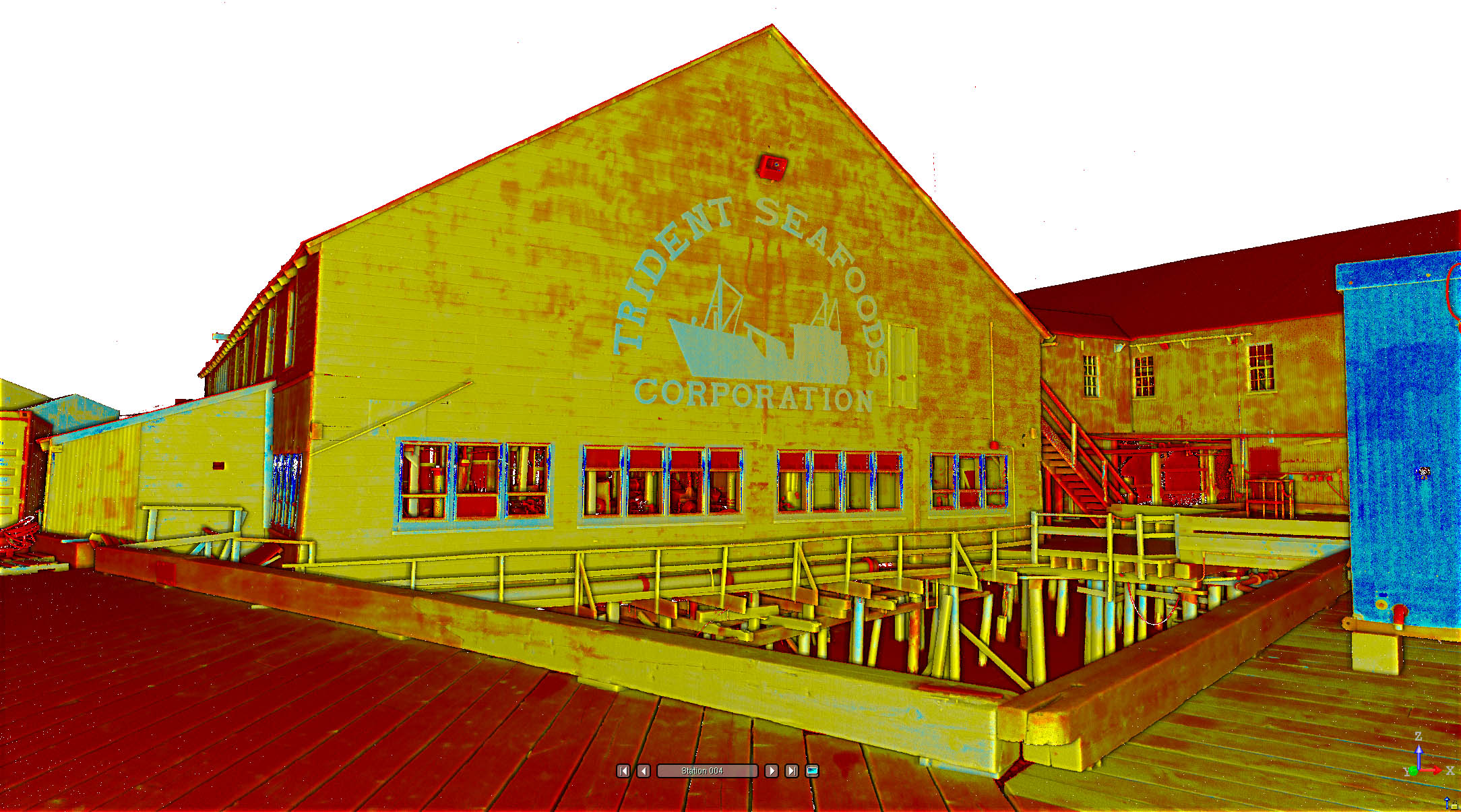

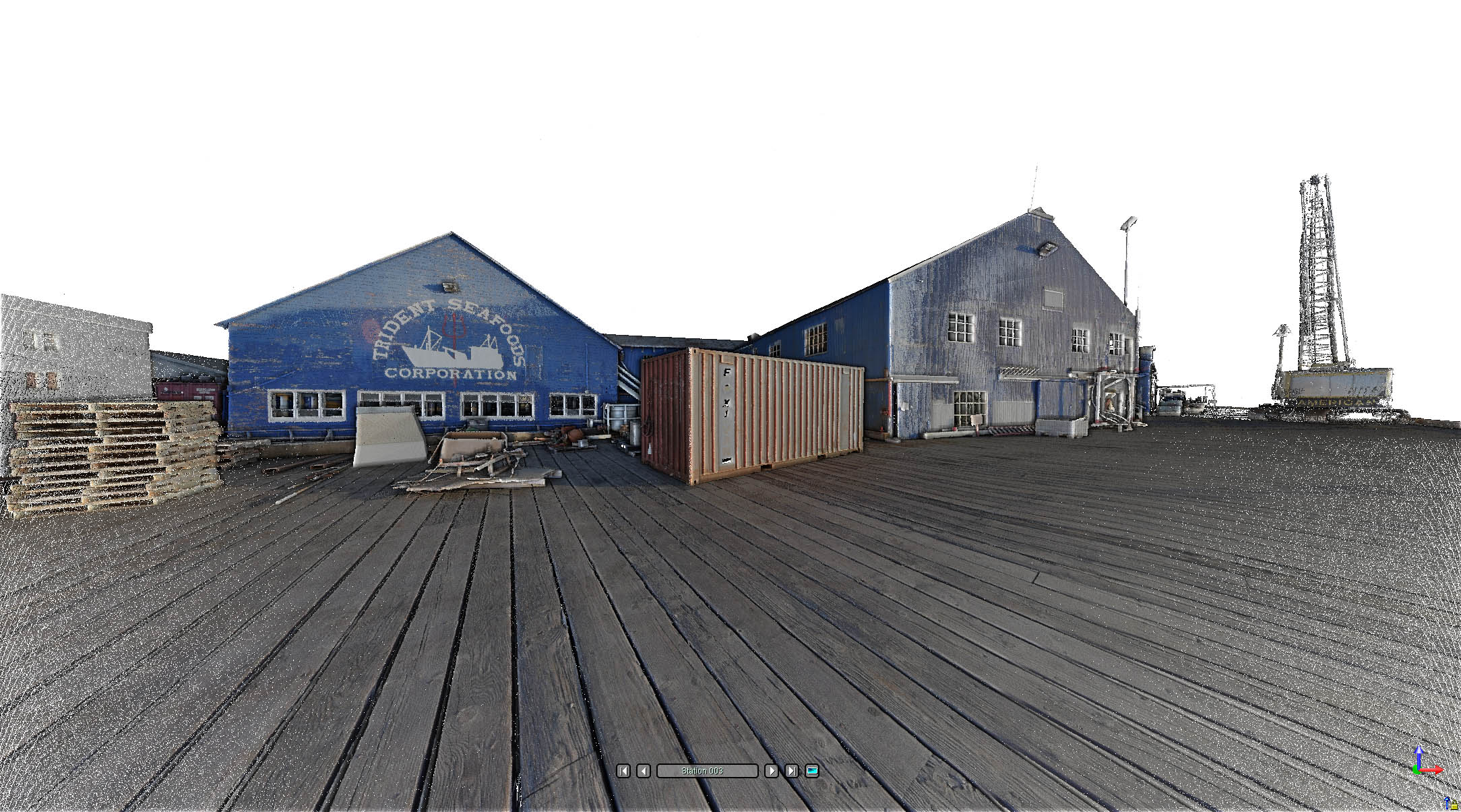
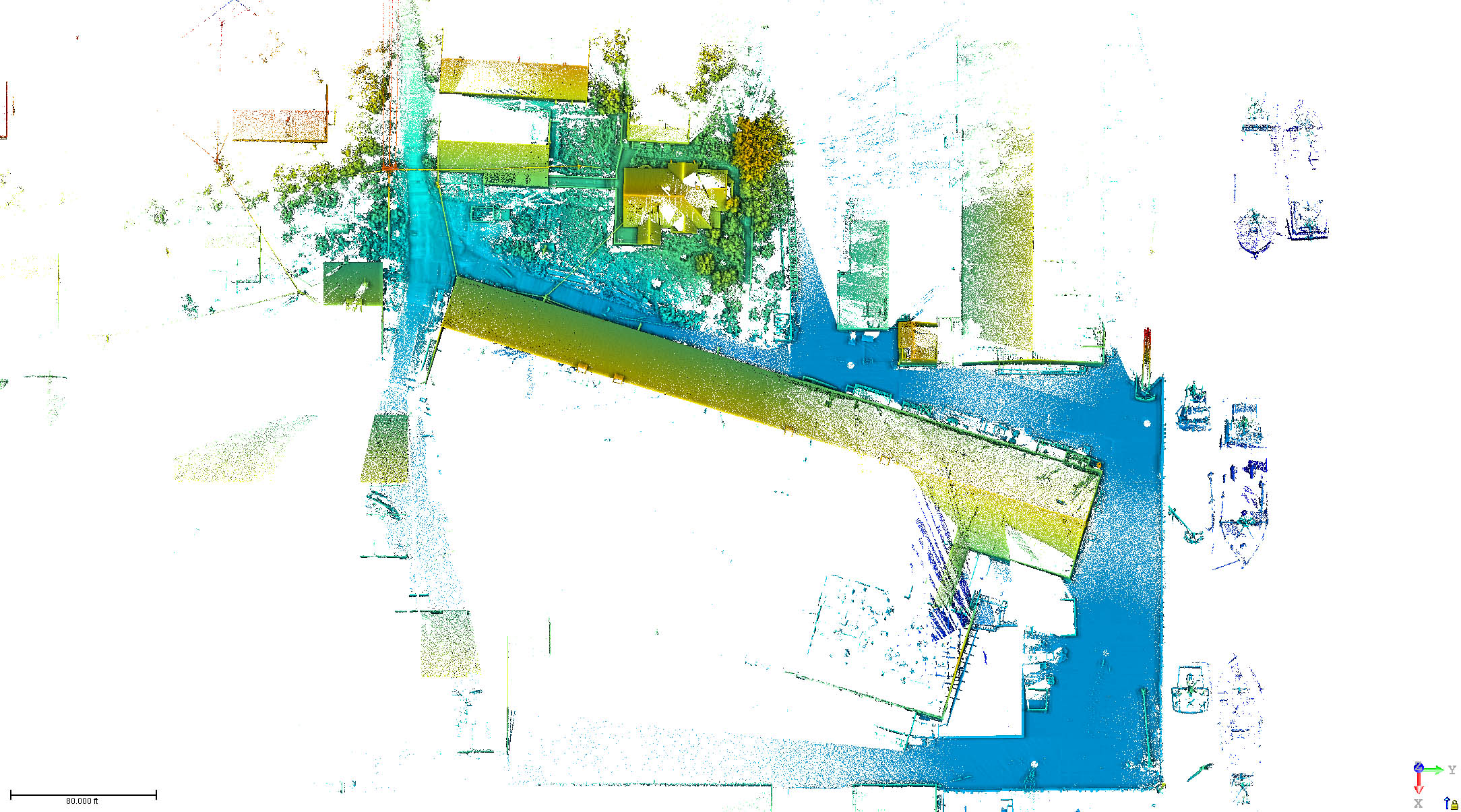

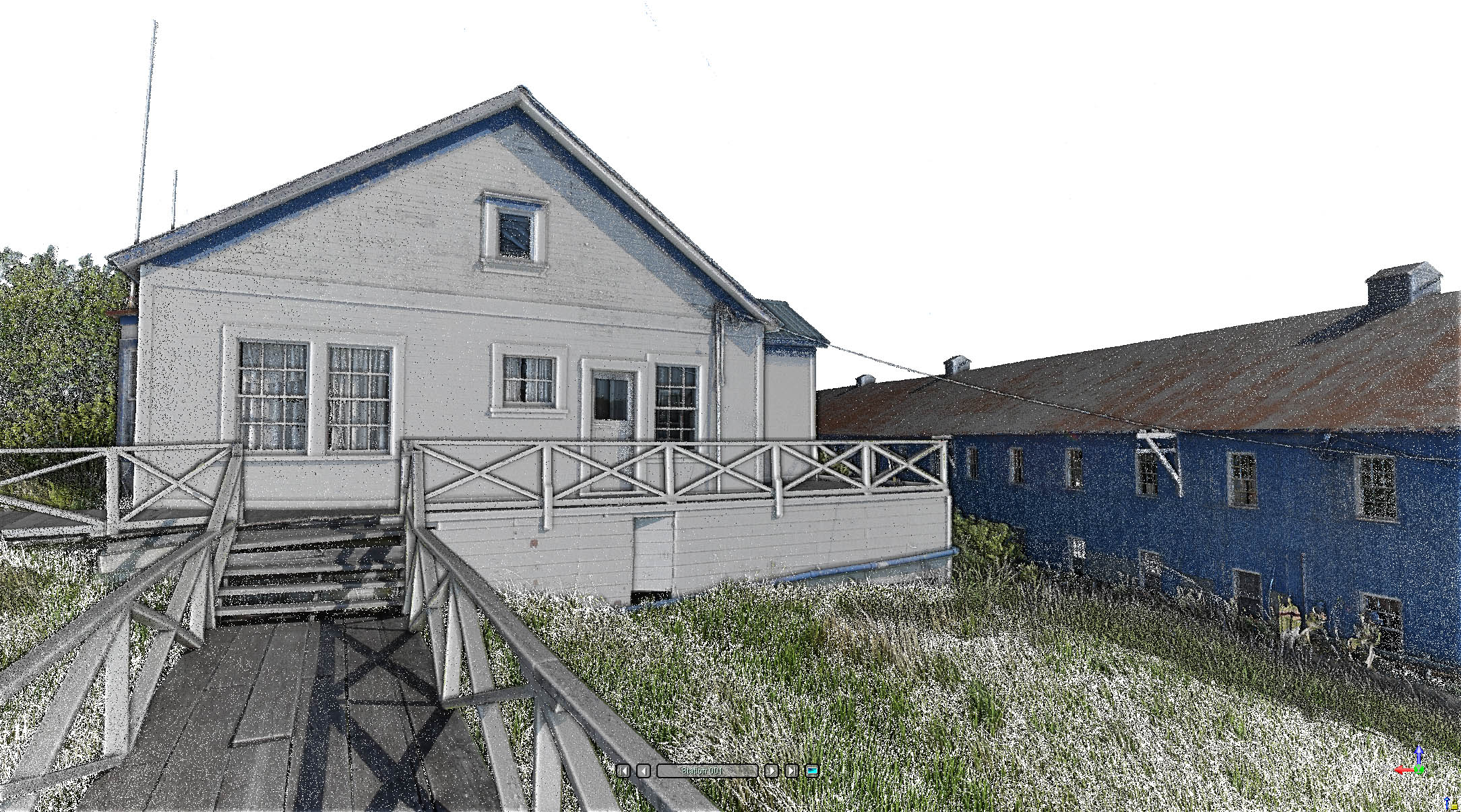
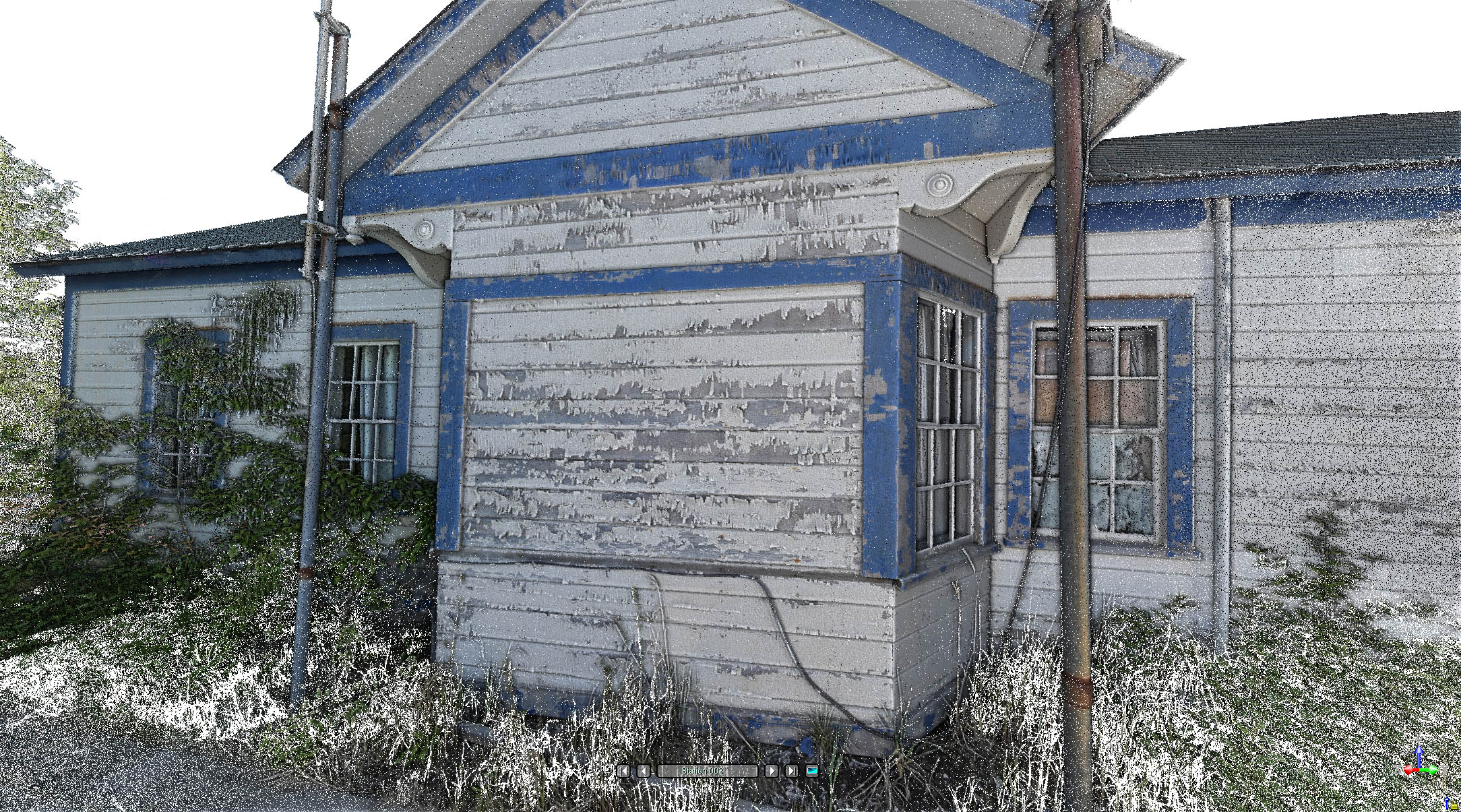
Alaska State Museum
The Alaska State Museums (a state educational agency comprised of the Alaska State Museum and the Sheldon Jackson Museum) identify, collect, preserve and exhibit Alaska's material and natural history and provide public access to services and collections of the Museums. The Alaska State Museums interpret and disseminate knowledge of the history of the state, its people, and its resources, and support others in these efforts. The Museums also assist and advise in the growth, development, and excellence of other museums within Alaska.
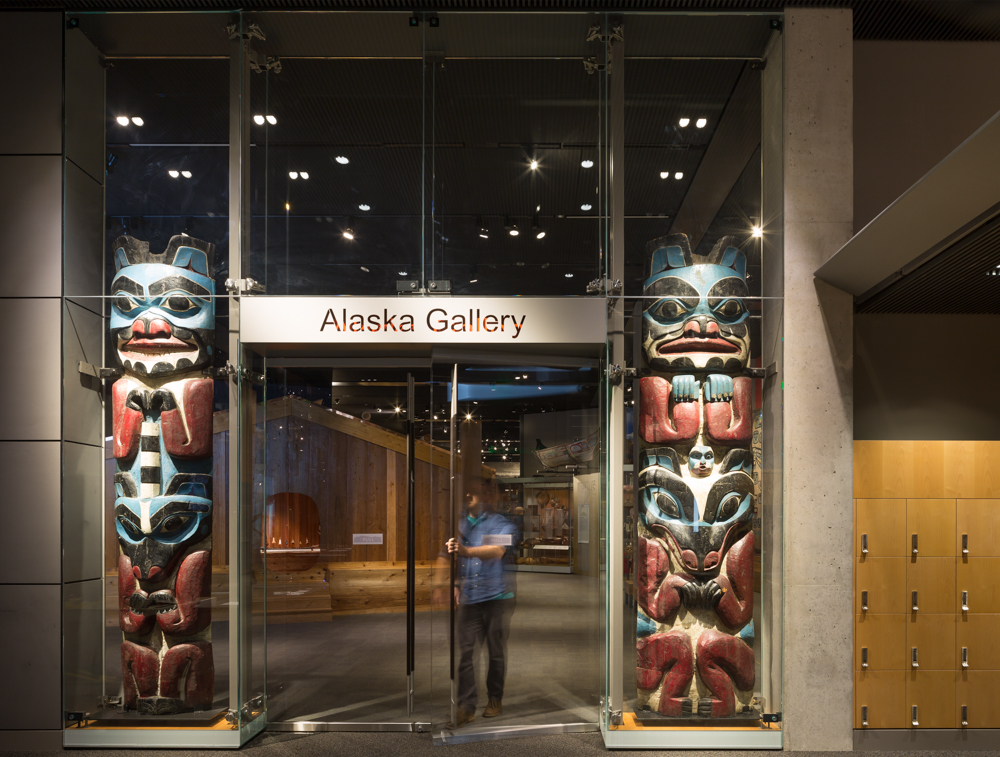








Follow the Friends of the Alaska State Library, Archives, and Museum on Facebook...

